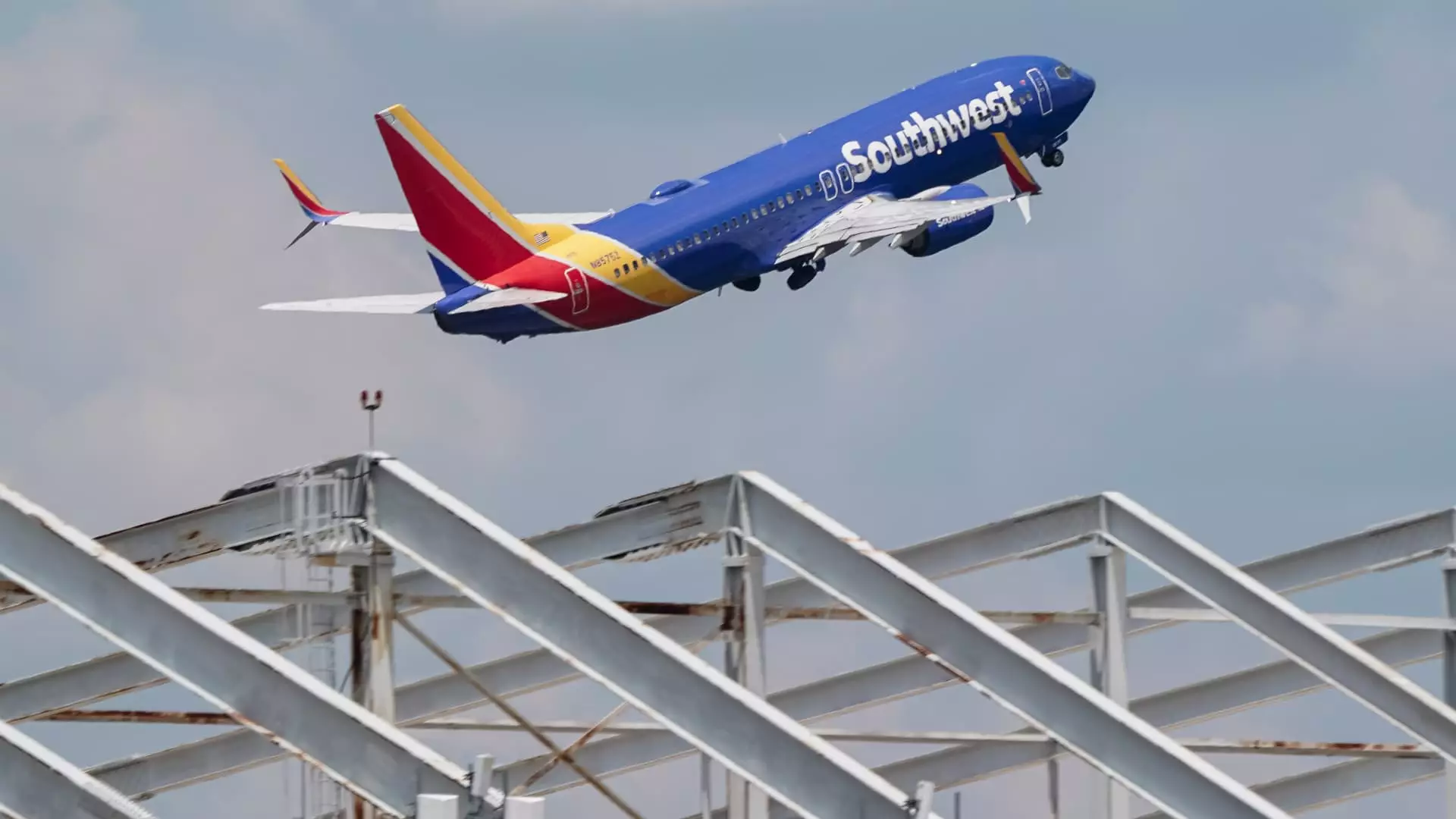In the latest financial disclosures, Southwest Airlines reported a notable decline in its third-quarter profits relative to the previous year, although it managed to exceed the expectations set by Wall Street analysts. The Dallas-based airline has been actively seeking methods to bolster revenue, particularly amidst pressures from activist investor Elliott Investment Management. This dynamic has created a unique backdrop for the airline as it navigates a competitive landscape.
The financial results for the third quarter revealed that while net income dipped 65% from the same period last year to $67 million—equating to 11 cents per share—the adjusted figures were more encouraging, posting earnings of 15 cents per share versus expectations of zero. Revenues climbed over 5% to $6.87 billion, surpassing forecasts which anticipated $6.74 billion, indicating a robust demand in the leisure travel market despite challenges.
A significant development during this quarter was the agreement reached between Southwest and Elliott Investment Management, effectively averting a potentially disruptive proxy contest. This deal allows for the integration of six candidates proposed by Elliott into Southwest’s board, while CEO Bob Jordan retains his position. This strategic partnership may provide Southwest with fresh perspectives, particularly as it navigates operational and financial adjustments.
In a broader context, this collaboration underscores the airline’s commitment to adapt and respond proactively to stakeholder concerns, ensuring a more resilient operational structure. Wall Street’s optimism about the potential for enhanced governance may further stabilize the airline’s stock value amidst ongoing market fluctuations.
Looking ahead to the fourth quarter, Southwest projects a unit revenue increase ranging from 3.5% to 5.5%, with an anticipated 4% reduction in overall capacity compared to the previous year. This approach reflects a strategic pivot as airlines across the sector seek to streamline operations amid fluctuating demand and rising costs. Notably, Southwest anticipates a cost increase of up to 13%, excluding fuel expenses, potentially a point of concern that could affect profitability moving forward.
The airline’s recent earnings release highlighted the healthy demand for travel during the current quarter and robust holiday season bookings, which are critical for a successful fourth-quarter outcome. This optimism is echoed by other airlines presently scaling back unprofitable routes, thereby enhancing average ticket prices across the industry.
Southwest Airlines has laid out an ambitious three-year plan aiming for a substantial increase of $4 billion in earnings before interest and taxes by 2027. This is coupled with the aggressive buyback of $2.5 billion in shares, with an initial $250 million to be repurchased through an accelerated program, showcasing confidence in the airline’s long-term profitability.
Significantly, Southwest is making a transformative shift by moving away from its traditional open seating policy and introducing a model that charges for preferred seat selections and extra legroom. This marks the largest operational change in the airline’s 50-plus years of service, aligning it more closely with contemporary pricing strategies employed by other carriers.
While Southwest Airlines grapples with declining profits and increasing operating costs, its strategic partnerships, prudent financial management, and willingness to adapt to industry shifts position it for resilience in an evolving landscape. The air travel sector remains dynamic, and Southwest’s proactive measures will be instrumental in navigating the uncertainties ahead.


Leave a Reply